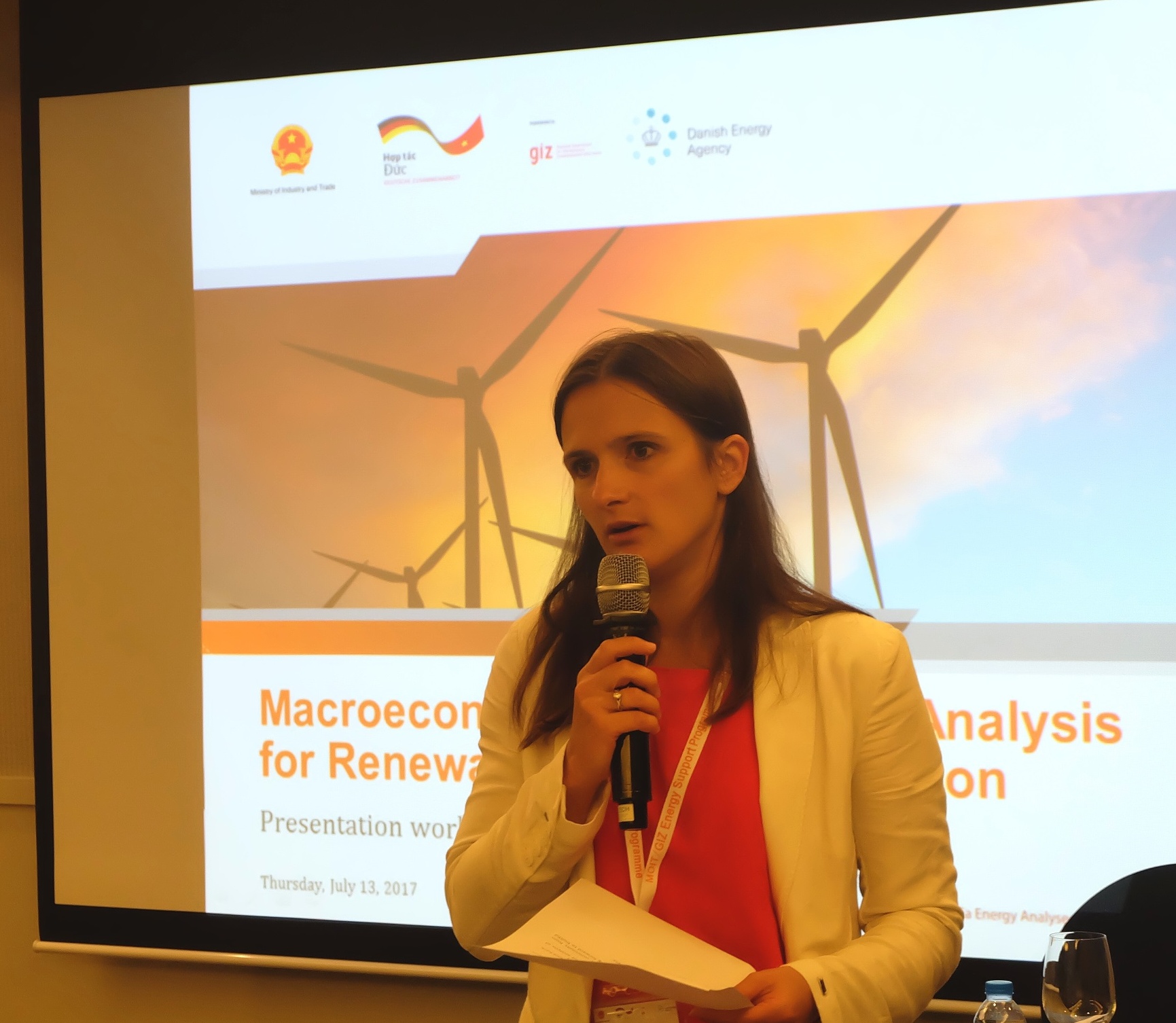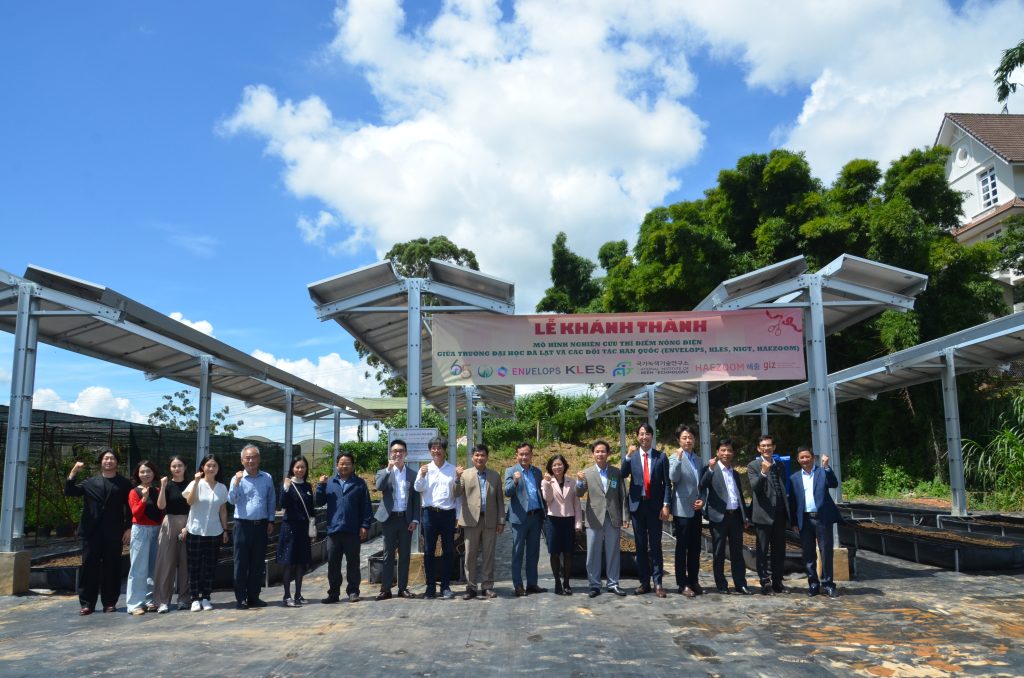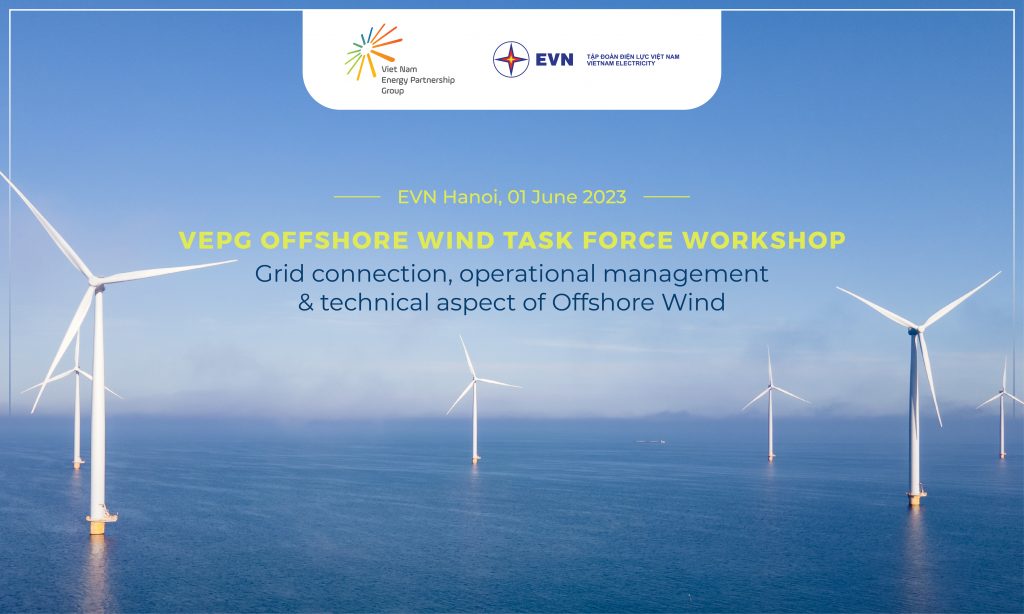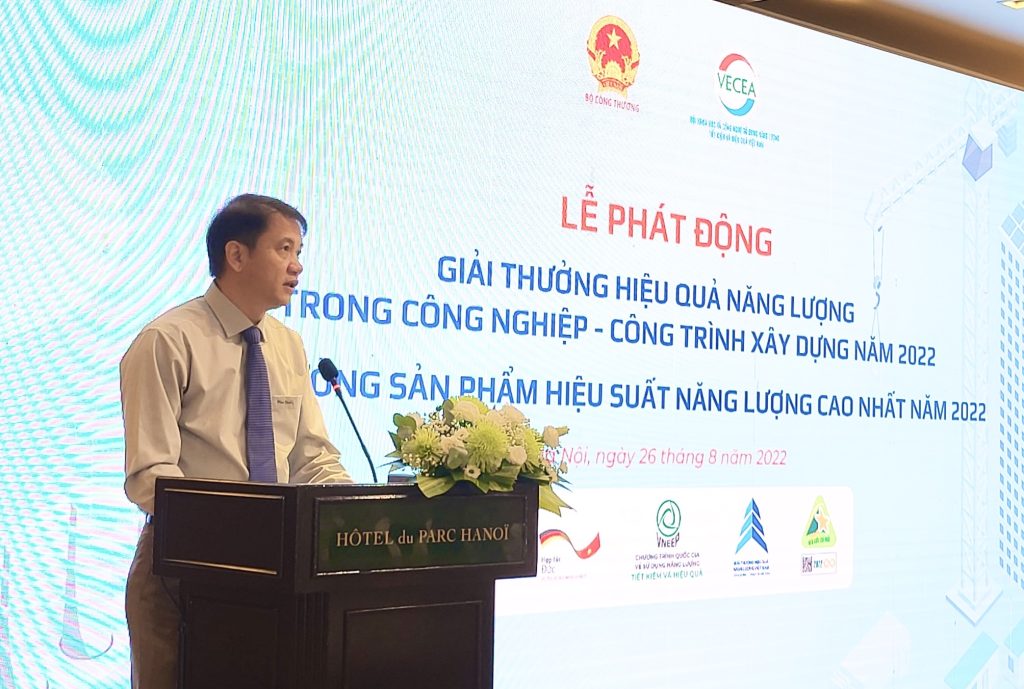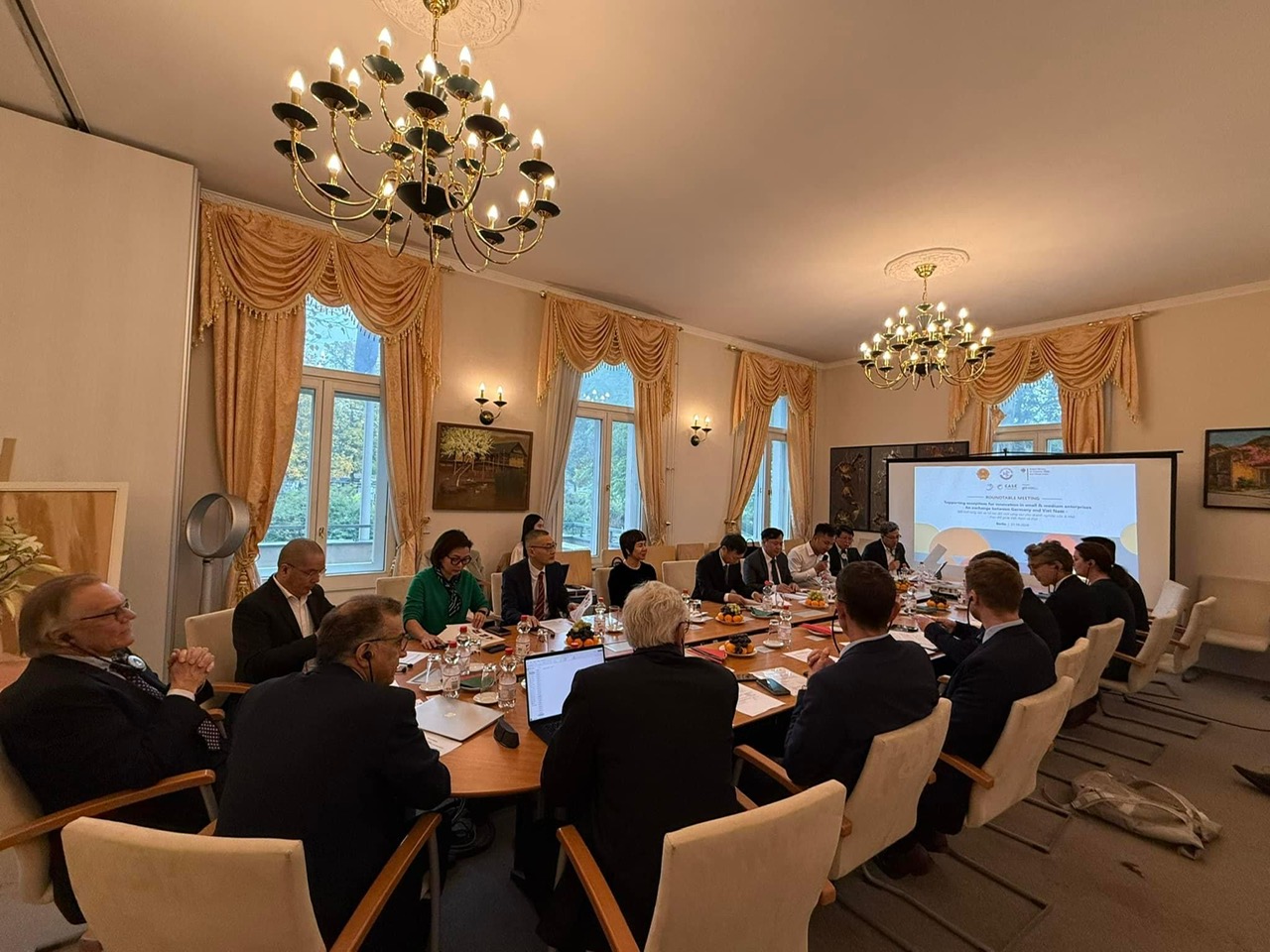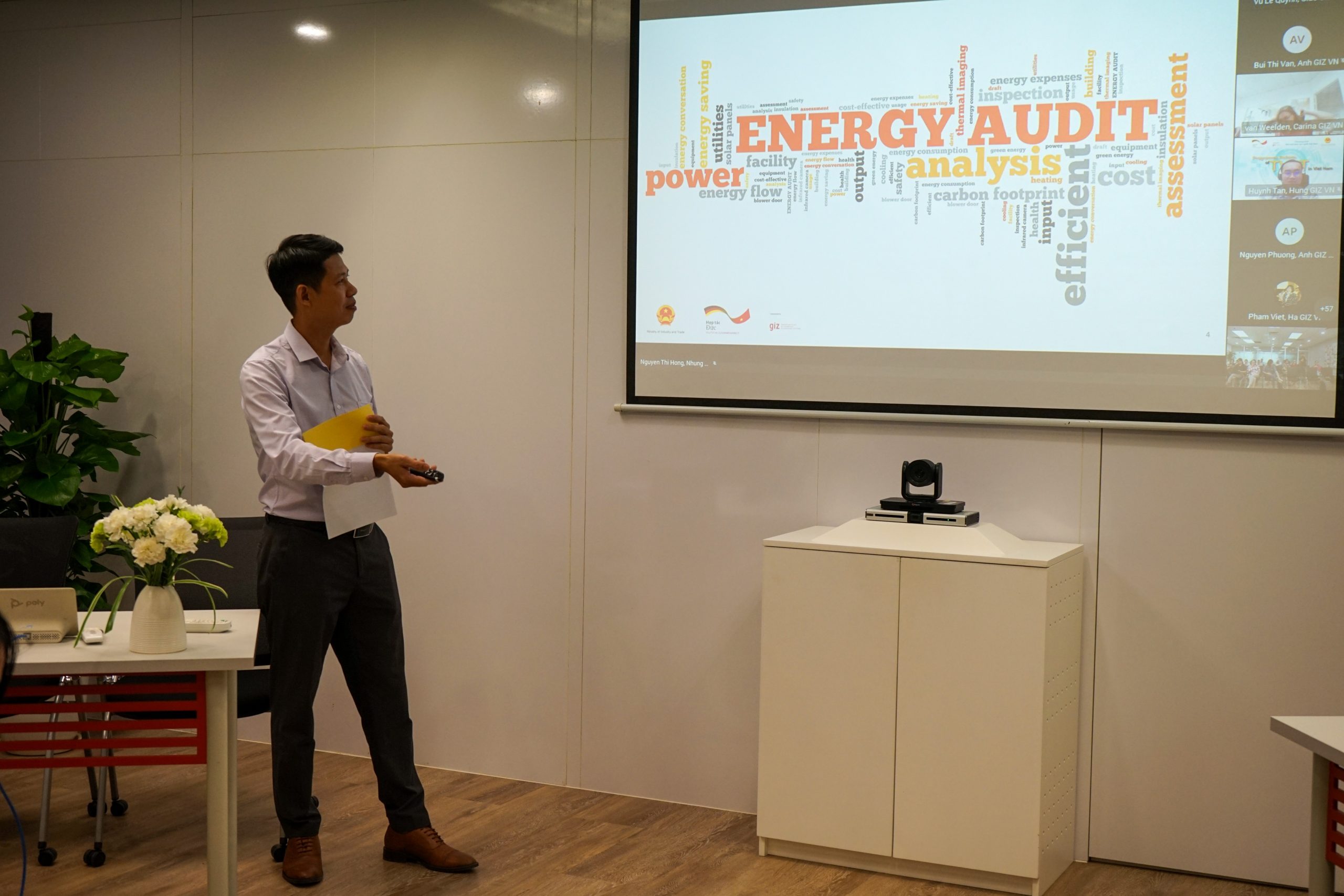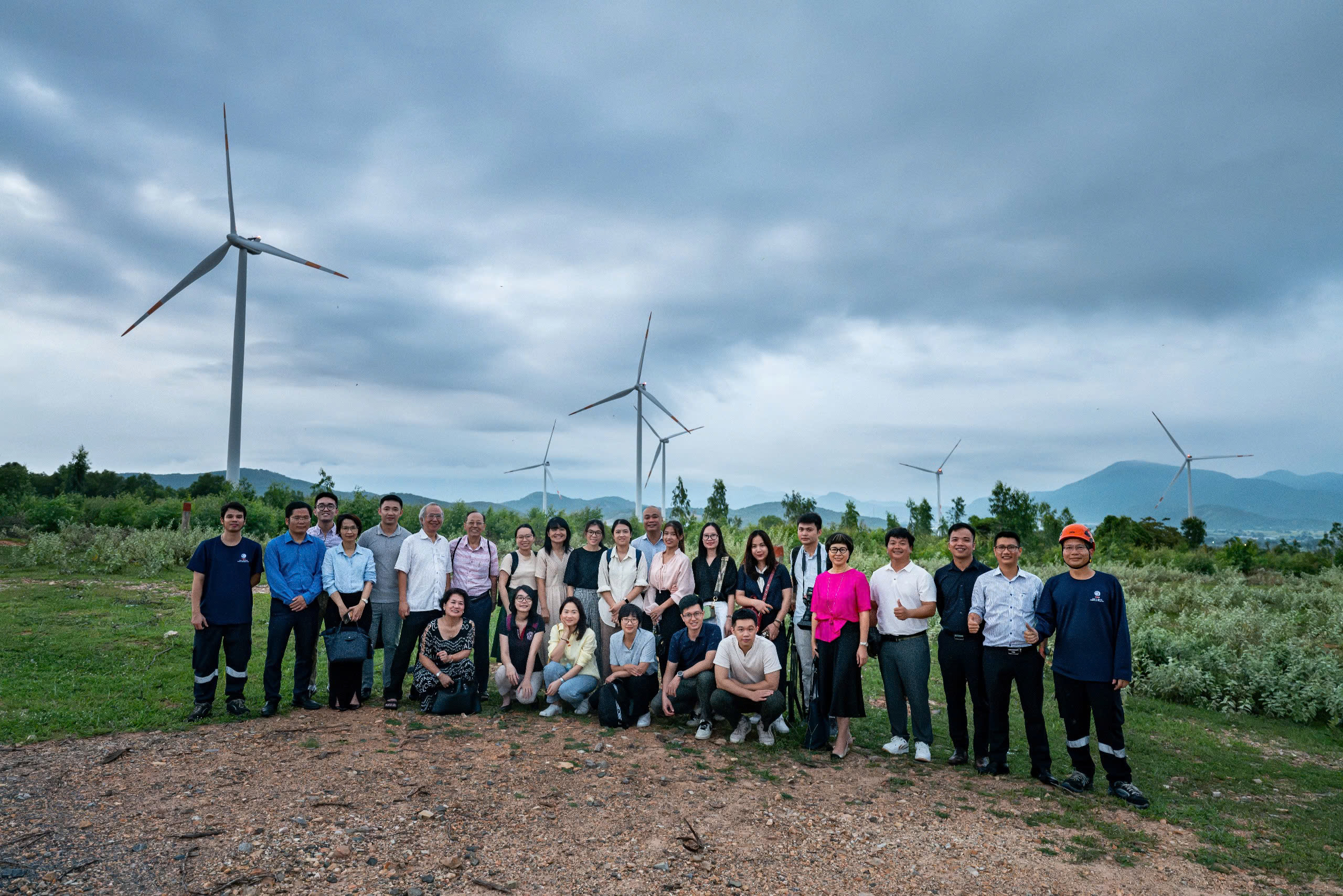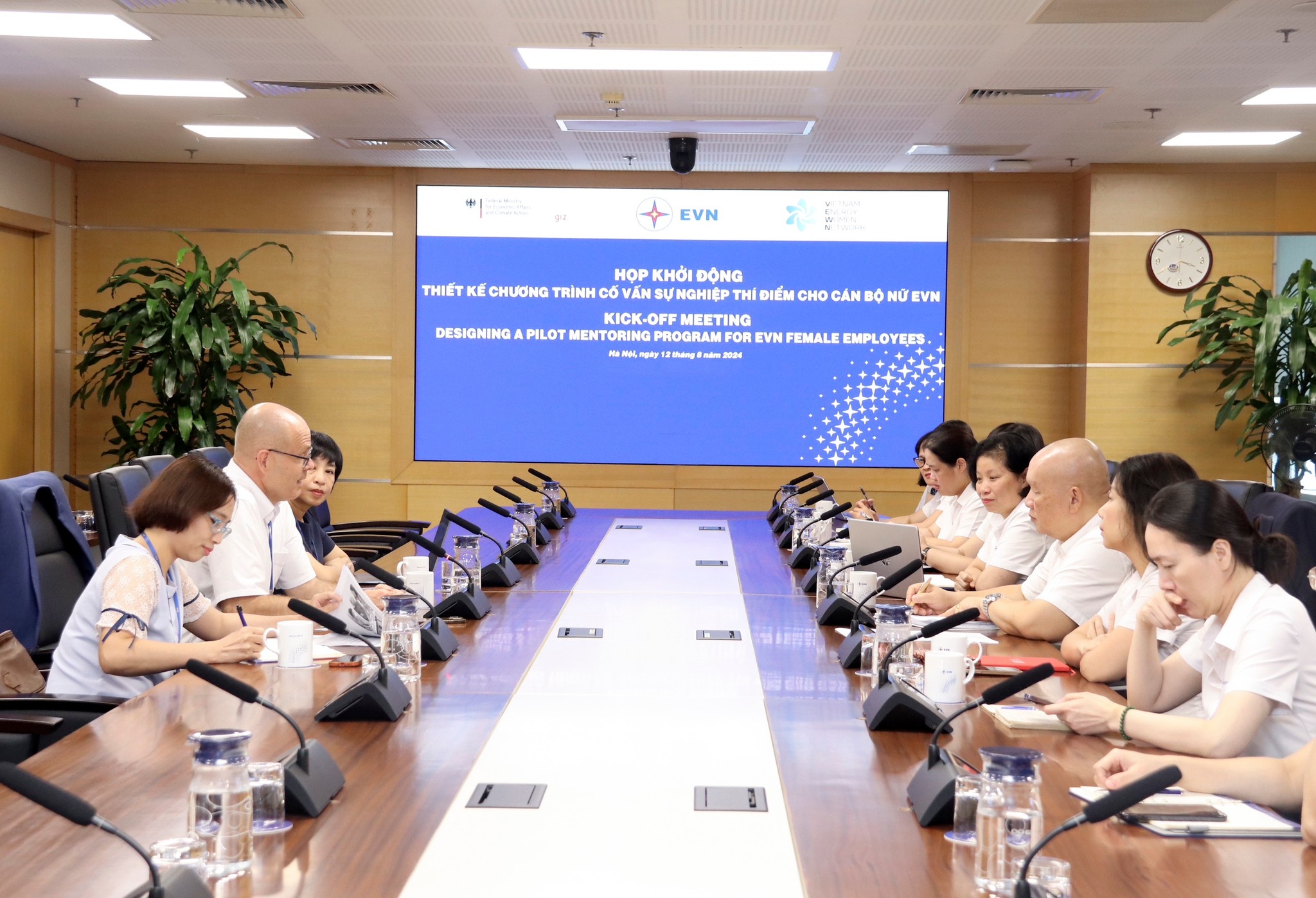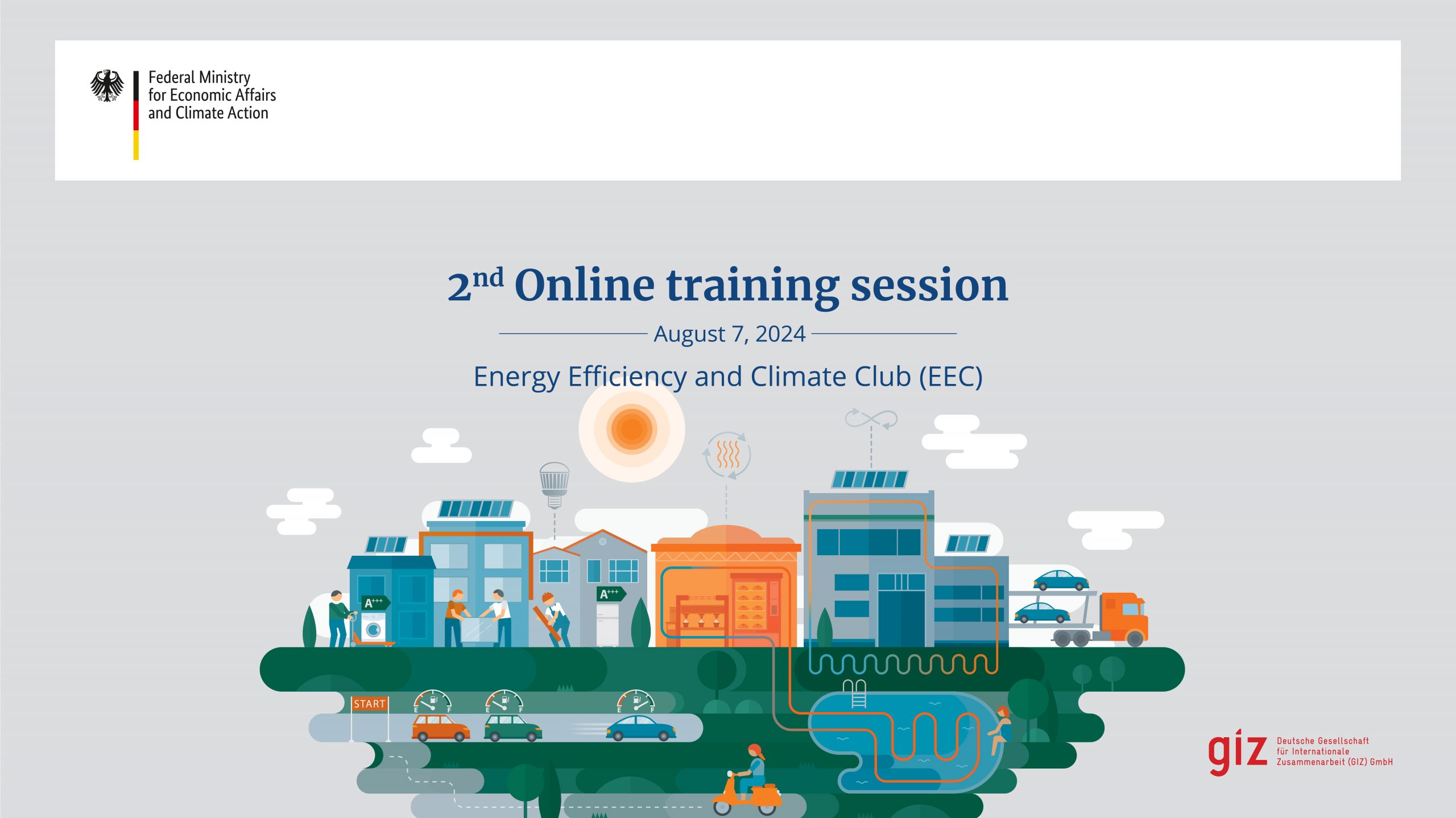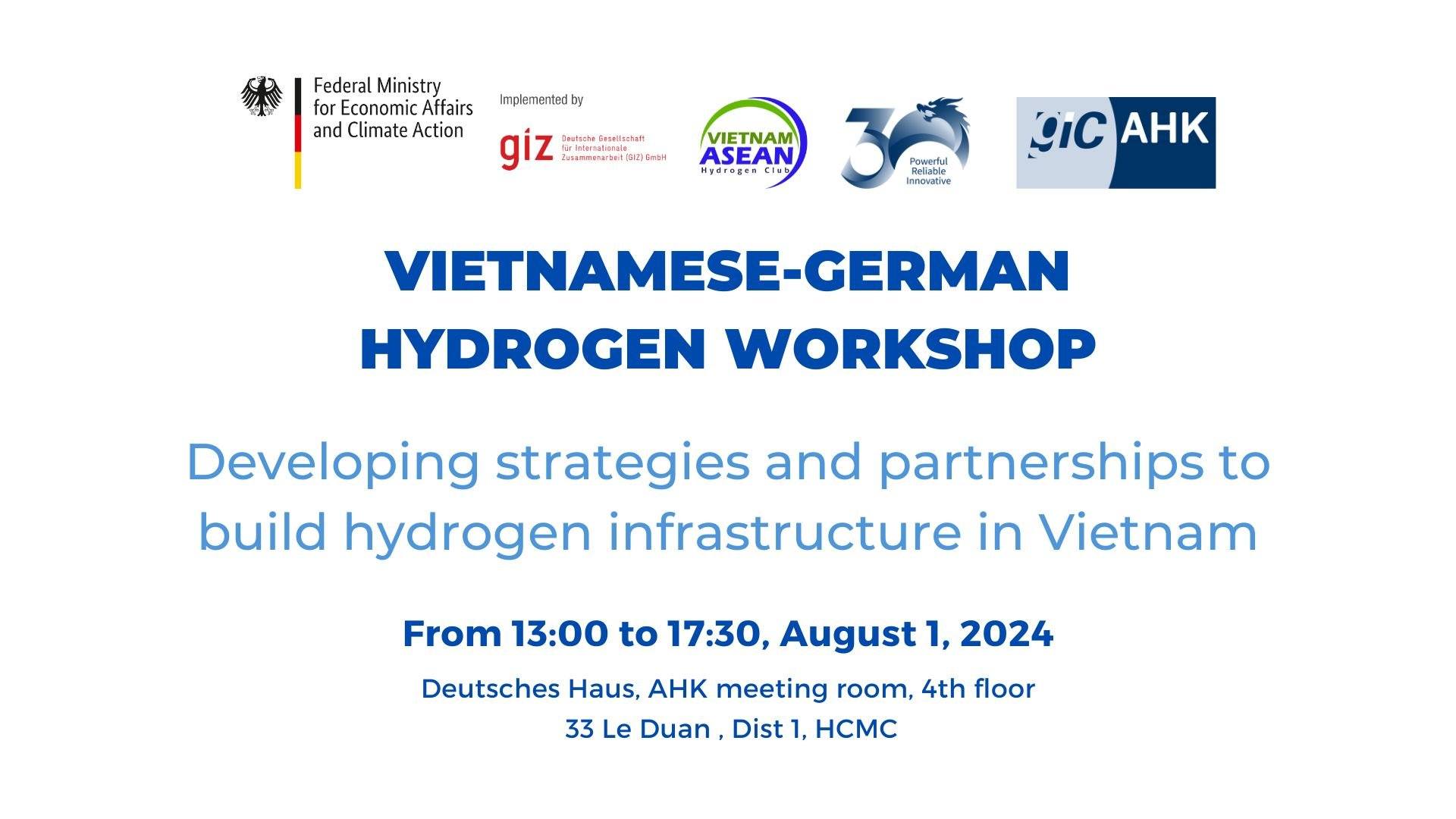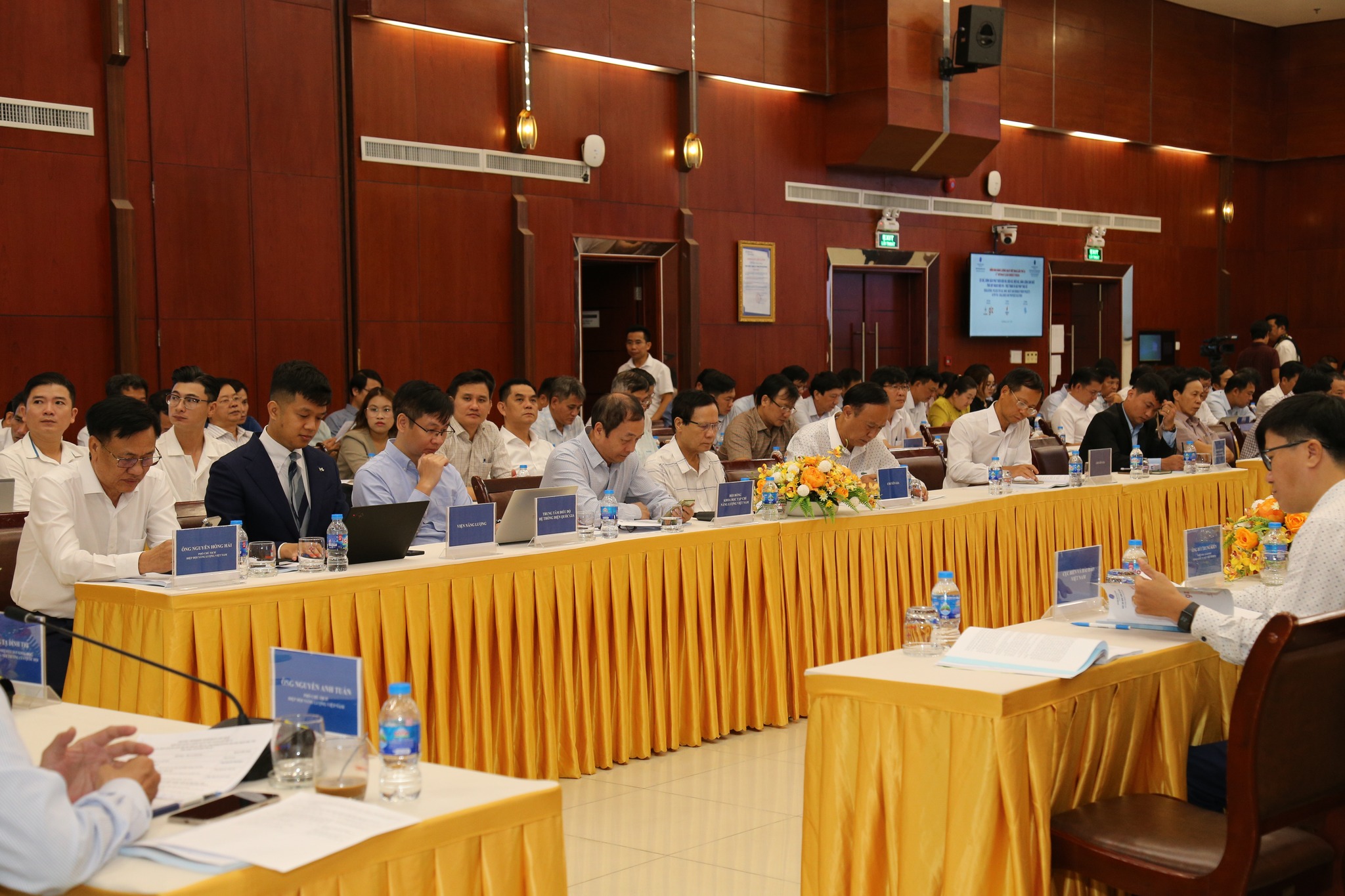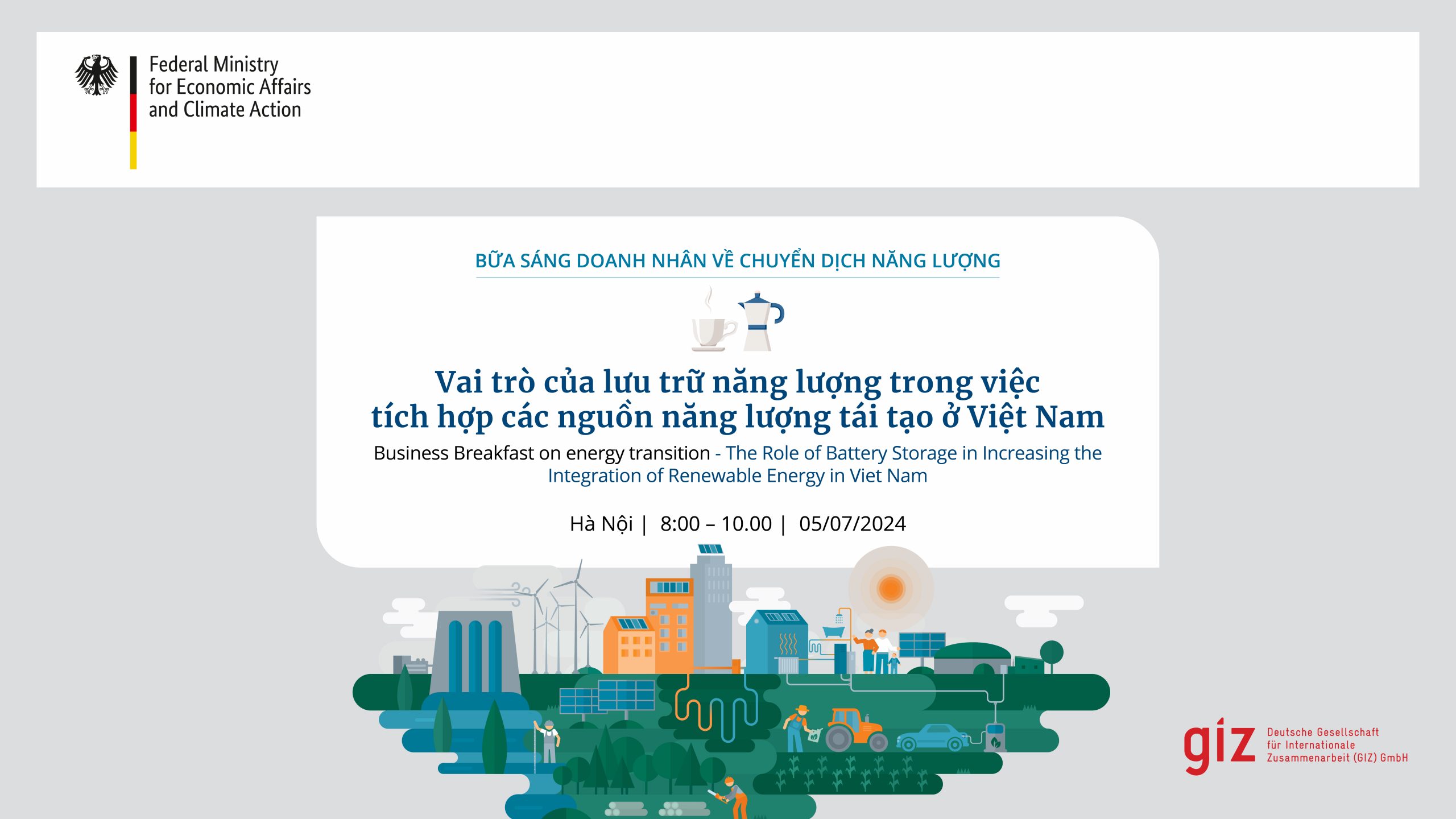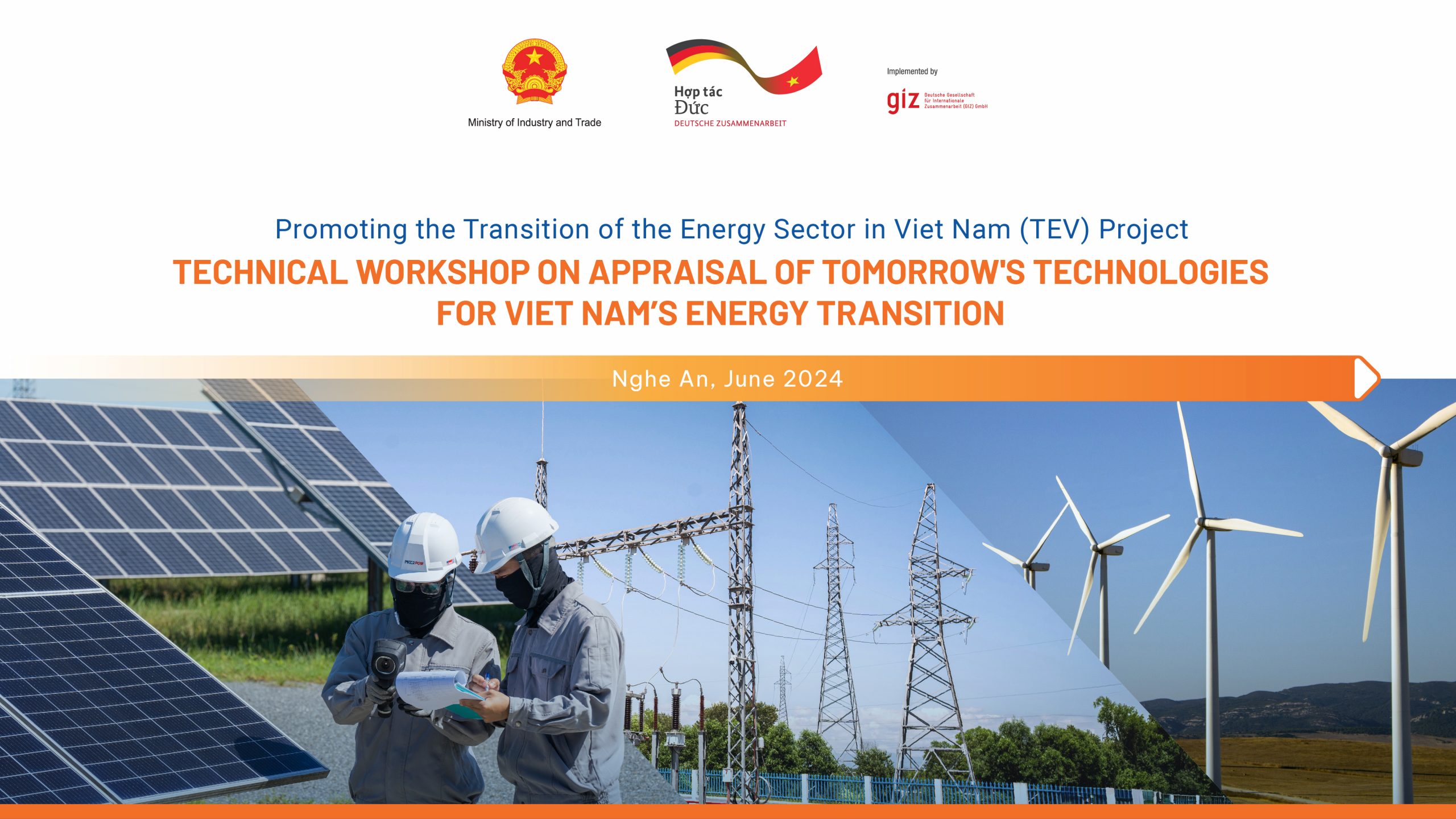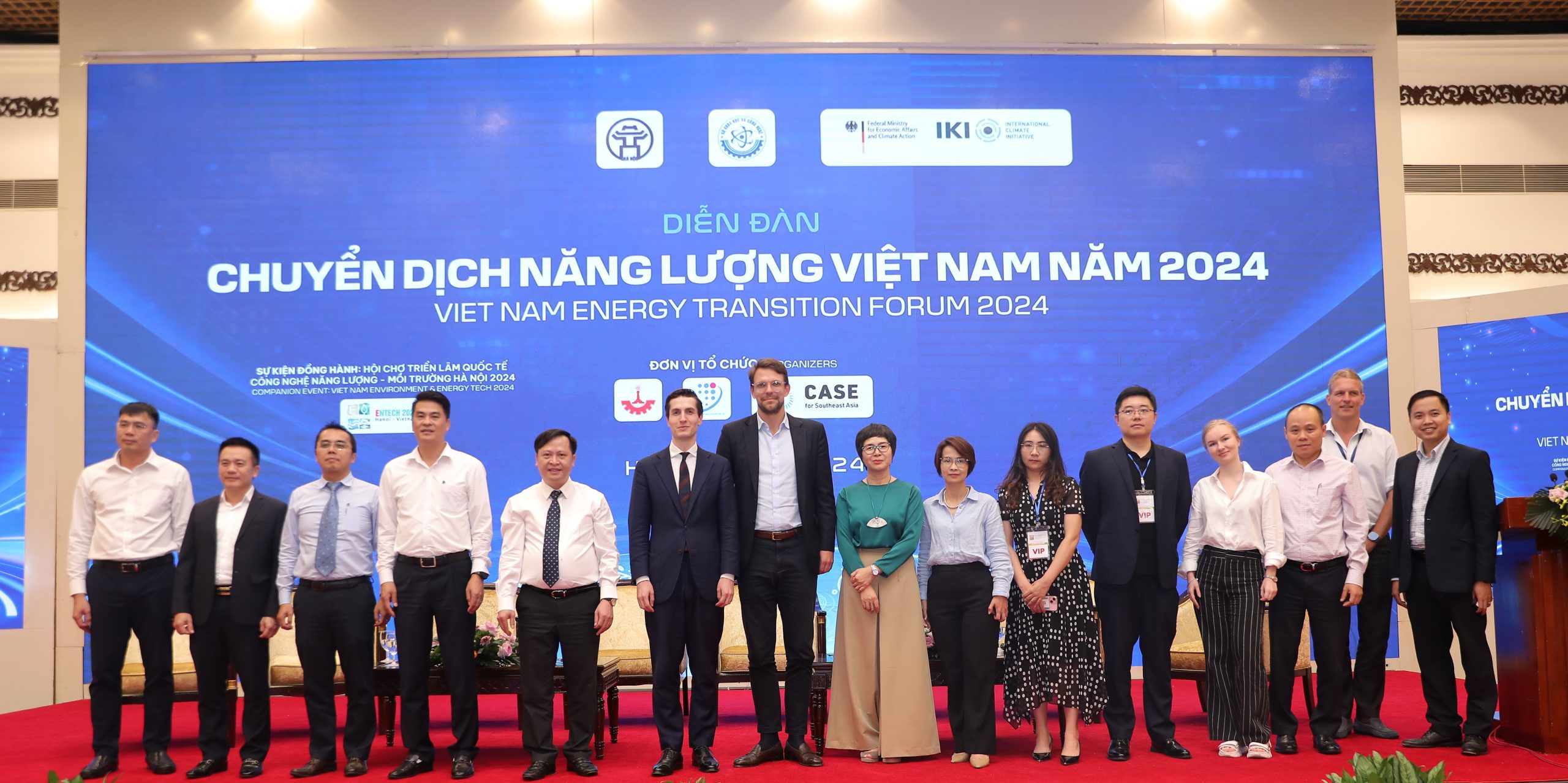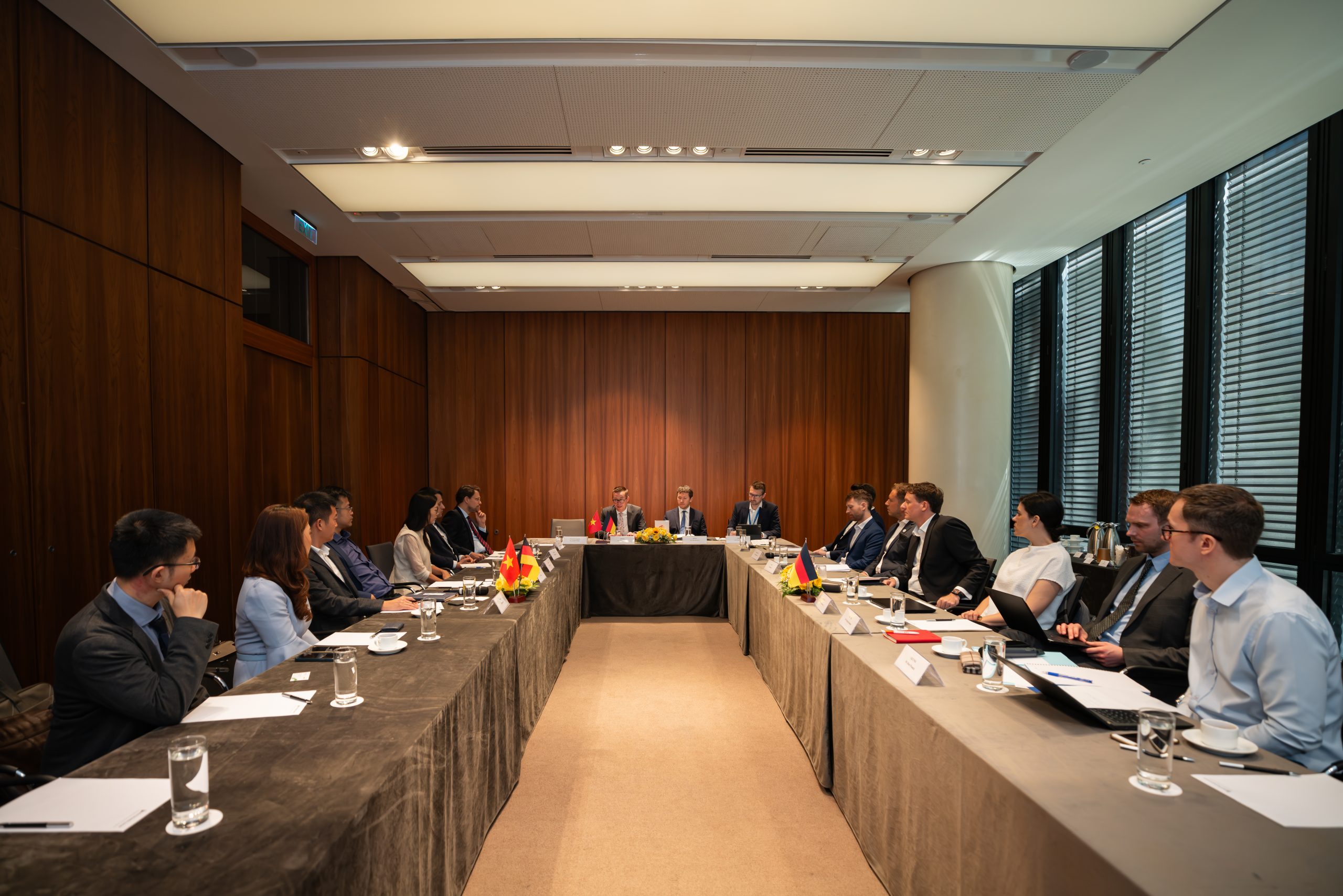Photo: Ms Sonia Lioret, Head of GIZ’s project Renewable Energy and Energy Efficiency
More than 30 participants including government officials, consultants and experts in the renewable energy sector gathered in a workshop on 13 July and listened to the results from the latest Macroeconomic Cost-Benefit Analysis For Renewable Energy Integration, with a main focus on wind energy. The workshop was organized within the framework of the Suport to the Up-Scaling of Wind Power Project (DKTI) and the Renewable Energy and Energy Efficiency (4E) Project , which have been jointly implemented by the General Directorate of Energy (GDE), Ministry of Industry and Trade (MoIT) and Deutsche Gesellschaft für Internationale Zusammenarbeit (GIZ) GmbH on behalf of the German Federal Ministry for Economic Cooperation and Development (BMZ).
In the workshop, the consultants presented the details and results of the latest land-based wind resource mapping using the geographical information system (GIS) analysis. The mapping which was undertaken by the Danish Energy Agency (DEA) with support from the Institute of Energy (IoE) and funded by GIZ, again confirms that Viet Nam is endowed with significant wind power potential. Based on the exclusion criteria (e.g: land for agrculture, for forestry, habitants, administration and defense areas, infrastructure) applied in the GIS analysis, the National Technical Potential (NTP) of wind in Viet Nam has been estimated at 27 Gigawatt (GW).
Furthermore, a more detailed wind resource mapping analysis was also carried out for six provinces, which are Binh Thuan, Ninh Thuan, Khanh Hoa, Phu Yen, Binh Dinh and Quang Ngai. The mapping suggests significant wind resource potential, with the total technical potential across the six provinces exceeds 12 GW. The mapping also identified the suitable area which overlays with average wind speeds for the six provinces.
”We hope that the mapping results and the report will be a useful reference for policy makers and other stakeholders in the renewable energy sector. It will support the provincial authorities to develop their wind energy development plans and optimize the integration of volatile renewable energy (vRE) into the energy system. This will help Viet Nam achieve the long-term objectives of utilizing RE and reducing the GHG emission and fulfilling the green growth strategy”, said Mr. Tobias Cossen, Head of Project, GIZ’s Up-Scaling of Wind Power Project.
In the second part of the consultation workshop, the experts presented about the Levelised Cost of Energy (LCOE) perspective on selected wind resource clusters, applying different screening criteria such as existing grid infrastructure, topography, proximity to protected area, wind speed, etc. Based on the inputs, the participants also discussed about conclusions and recommendations regarding the development of renewable energy in Viet Nam.
The consultation workshop was followed by a 1-day GIS-based training on renewable energy resources mapping and LCOE analysis, using exclusion criteria on different layers of infrastructure, land use and administrative maps. The training was expected to provide to the participants with an adequate GIS tool to identify and estimate the technical and economical potential of different RE sources.



